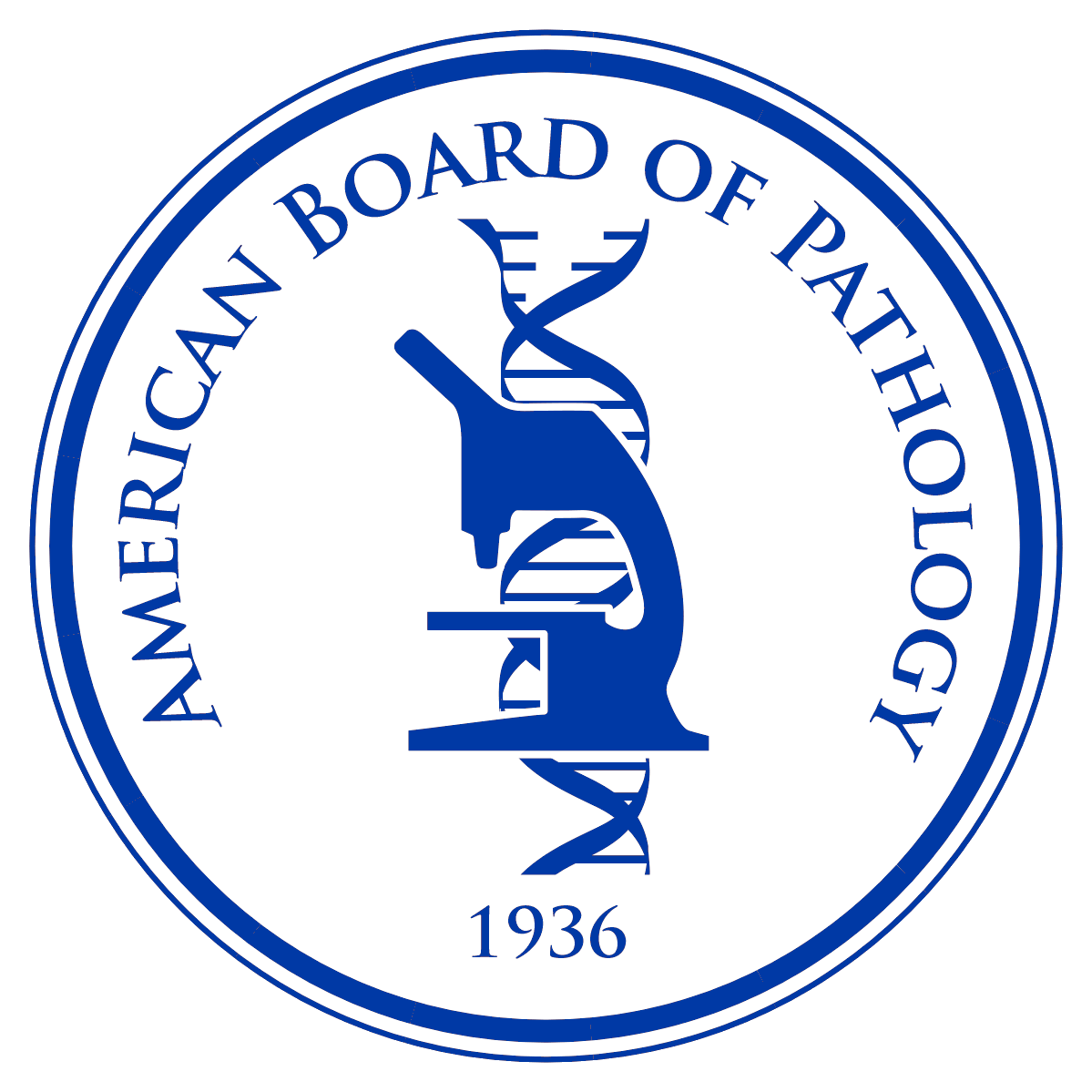Subspecialty Exam Descriptions

About Certification
Requirements for Certification
Exam Preparation
Primary Exam Descriptions
Exam Dates, Deadlines and Fees
Exam Blueprint and Daily Schedules
Subspecialty Exam Descriptions
Exam Dates, Deadlines and Fees
Exam Blueprints and Daily Schedules
Focused Practice Designations
Booklet of Information
.
Subspecialty Exam Descriptions
The ABPath uses criterion-referenced tests for its certification examinations.
Criterion-referenced tests (CRTs) are intended to measure how well a person has learned a specific body of knowledge and skills. On a CRT, the passing or “cut-off” score is determined in advance by a committee of experts in the field. The candidate’s performance (i.e. mastery of the subject matter) is compared to the cut-off score and not to other test takers. Theoretically, all candidates could pass or fail depending on how they performed relative to the passing score. Driving tests are an example of CRTs, because the goal is to see whether the test taker is skilled enough to be granted a driver’s license, not to see if one test taker is more skilled than another test taker. In contrast, norm-referenced tests (NRTs) compare test takers to each other. Scores are reported as a percentage rank with half scoring above and half below the mid-point. NRTs are designed to sort and rank students “on the curve,” not to see if they met a standard or criterion. The ABPath does NOT use NRTs for its certification examinations.
Blood Banking/Transfusion Medicine
(in cooperation with the American Board of Preventive Medicine)
(in cooperation with the American Board of Dermatology)
(in cooperation with the American Board of Medical Genetics and Genomics)

